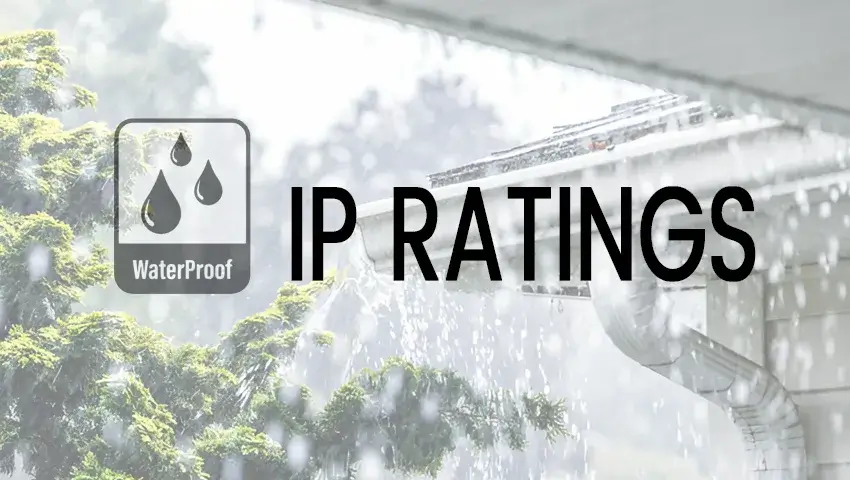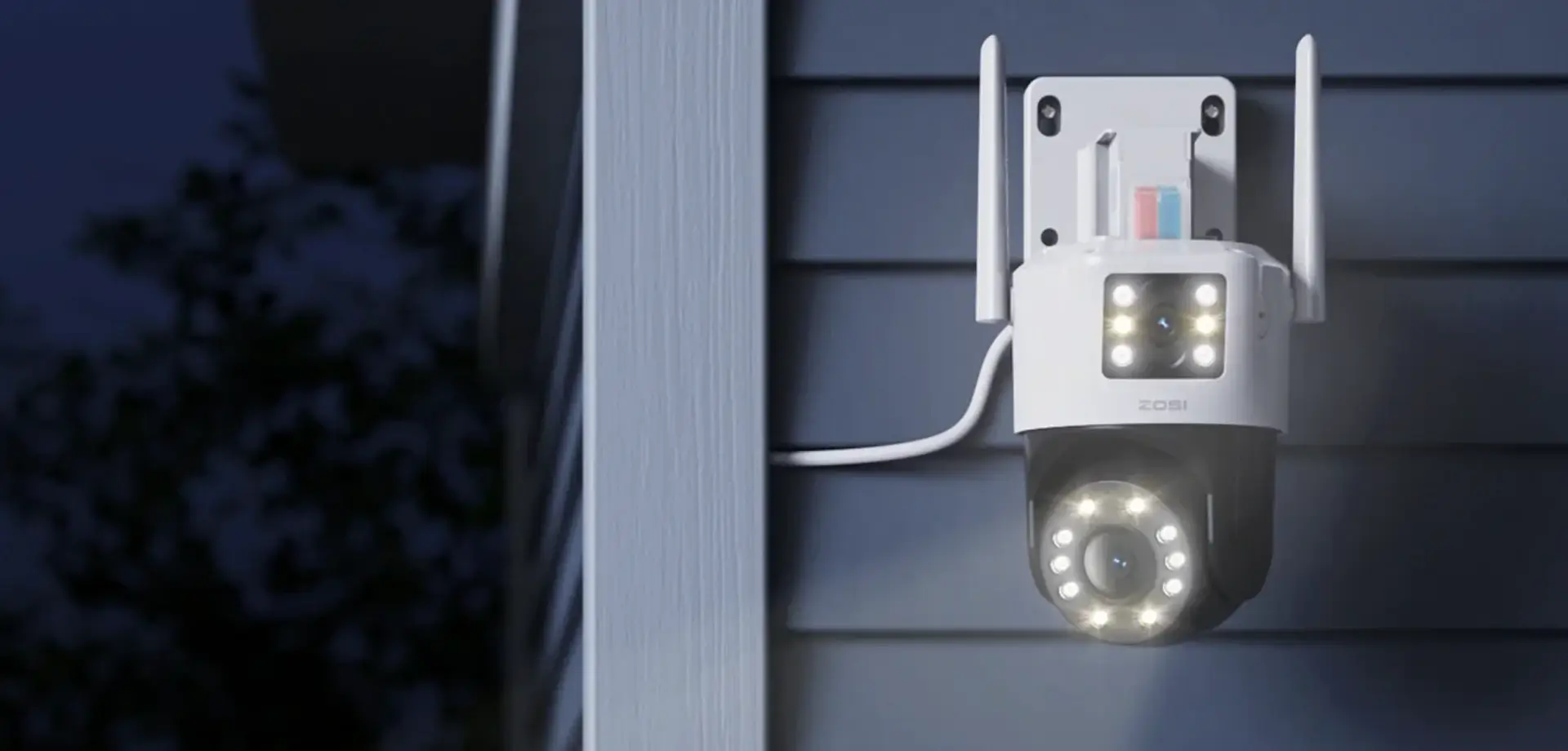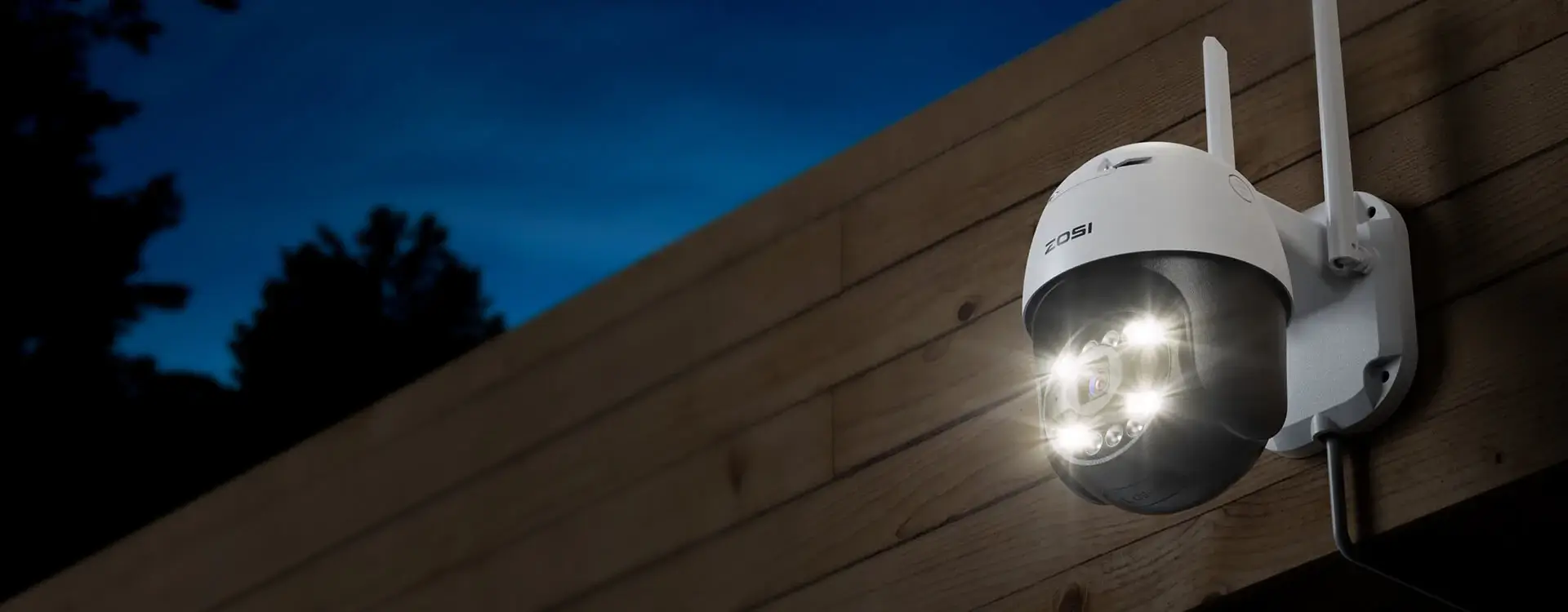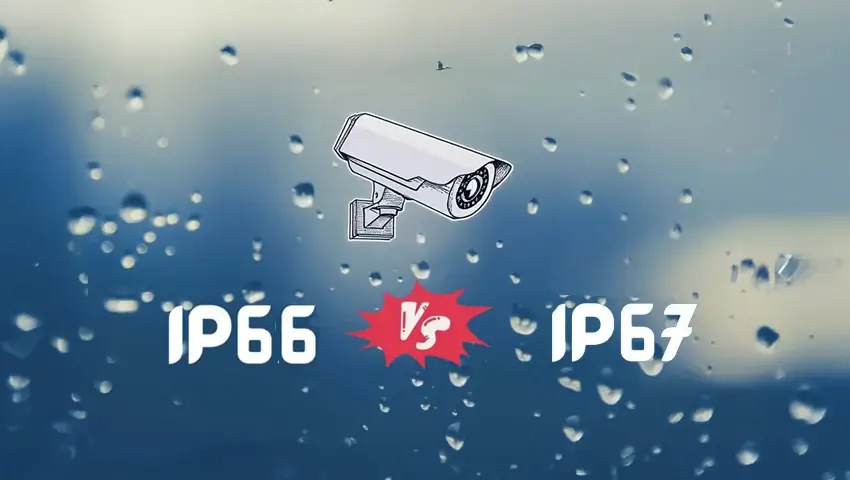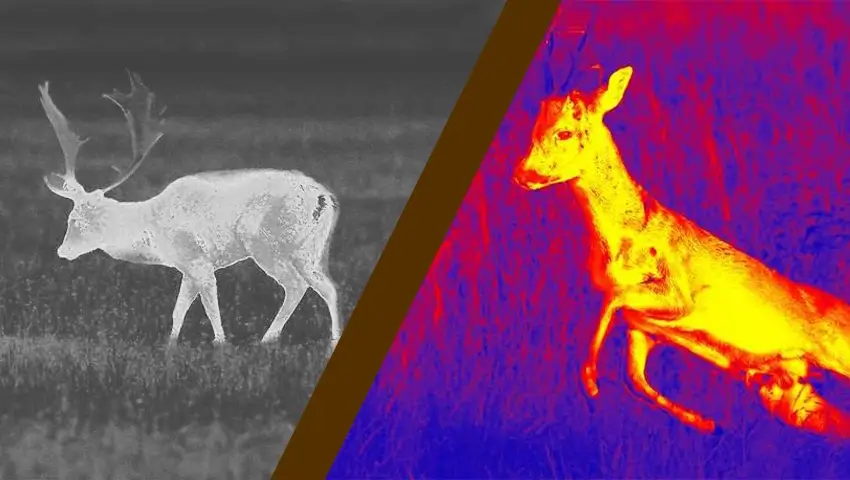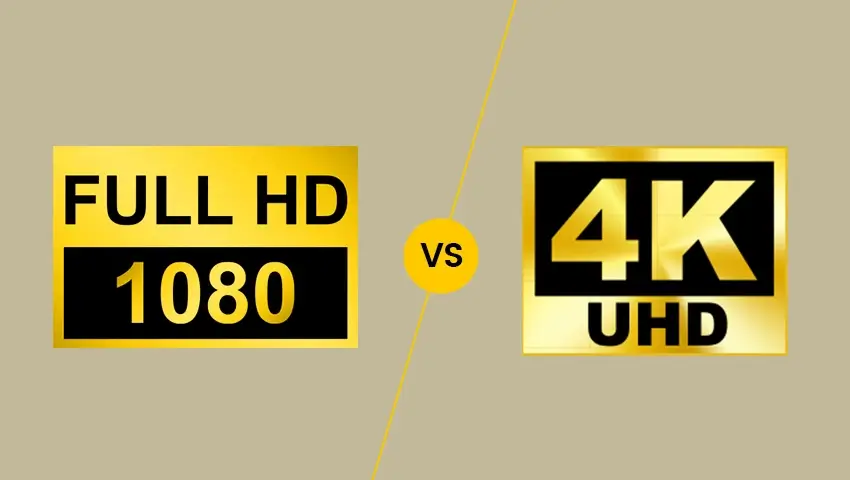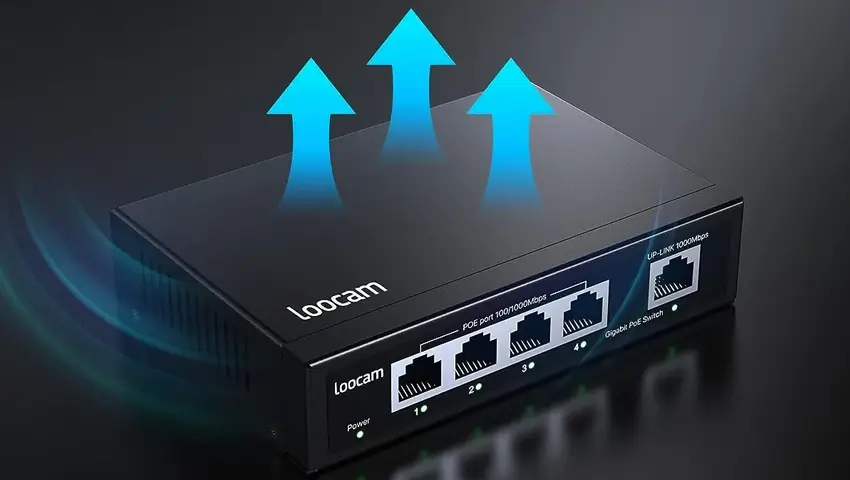Security cameras face the tall order of constant operation, delivering high-quality surveillance under diverse conditions while braving various elements. The key to a camera’s resilience, whether outdoors or indoors, lies in its IP (Ingress Protection) ratings.
In this article, we delve into the vital role of IP ratings in security cameras, equipping you with an informative IP rating chart to guide you towards the optimal choice.
Contents
What is the IP Rating in Security Cameras?
The IP rating, standing for Ingress Protection rating, serves as a global standard that quantifies the level of protection that electrical devices like security cameras provide against dust, moisture, and solid intrusions. The characteristic “IP” label is followed by two digits, for instance, “IP67 cameras”, to denote this ruggedness.
Cracking the IP Rating: An Easy Guide
The IP rating is built on two distinct digits- each one holding substantial importance.
The Shield Against Dust – First Digit
The first digit of the IP rating signifies a device’s defense capability against solid matter such as dust and debris. The scale is from 0 to 6, where a higher number means enhanced security. A zero suggests no special safeguards against solids are in place, while a six denotes the device to be absolutely dust-proof.
First Digit
- 0 – No protection against solids
- 1 – Proof against solid objects over 50mm size (like a hand)
- 2 – Resistant to solids over 12.5mm (like fingers)
- 3 – Protected against objects over 2.5mm (like tools or wires)
- 4 – Resistant to solid objects greater than 1mm (tiny wires or screws)
- 5 – Some protection against dust, but not completely dust-proof
- 6 – Completely dust-proof
The Barricade Against Water – Second Digit
The second digit symbolizes the device’s protection level against fluid encroachments, particularly water. Here, the scale climbs from 0 to 9- the higher the number, the greater protection. A zero indicates no substantial water protection, whereas a nine suggests the gear can resist high-pressure, high-temperature water jets.
Second Digit
- 0 – No defense against fluid intrusions
- 1 – Can sustain vertically falling droplets (like condensation)
- 2 – Sheltered from dripping water when angled at 15 degrees
- 3 – Safe from water spraying up to 60 degrees vertical
- 4 – Protected from water splashing from all directions
- 5 – Can handle low-pressure jets of water from all directions
- 6 – Good against high-pressure water jets or heavy seas
- 7 – Can tolerate brief immersion in water, up to 1 meter for 30 minutes
- 8 – Can endure ongoing immersion in water under certain conditions
- 9 – Can ward off high-pressure, high-temperature water jets.
IP Rating Spectrum for Security Cameras
Security cameras are built to withstand diverse environmental dynamics. Every model carries an individual rating, signifying its resilience against dust and water. The typical bracket of IP ratings for security cameras oscillates between IP65 and IP68. Let’s unravel the essence of these standard IP ratings:
- IP20 – Void of protection against dust and water. Best suited for indoor usage in dry, regulated conditions, with zero exposure to water and dust.
- IP65 – Completely immune to dust and is water-resistant, fending off rain and moisture but should not be completely dipped in water. Ideally fit for outdoor installations away from the impact of high-pressure water jets.
- IP66 – Fully impervious to dust and provides an escalated level of water protection compared to IP65. Suitable for areas witnessing substantial water spray or regular showers.
- IP67 – Dust-proof, with the ability to endure temporary immersion in water up to a depth of 1 meter for 30 minutes. A perfect fit for locations encountering heavy rain or high-impact water splashes.
- IP68 – Absolutely dust-protected and can persistently be submerged in water under specified conditions. It opens up possibilities for use in underwater or marine applications and in rendering resistance against extreme weather conditions.
The Significance of IP Ratings for Security Cameras
IP ratings are pivotal in outlining a camera’s resilience against various environmental conditions and ensuring dependable performance. Here’s why these ratings hold immense value for security cameras:
- Ensuring Protection Against Dust And Water: Security cameras are frequently installed in outdoor sites like industrial areas or natural habitats where exposure to elements like rain, splashes, dust, or potential submersion is high. A suitable IP rating guarantees a dust-proof and water-resistant device. The higher the IP rating, the stronger is the device’s ability to deter particle intrusion and water damage, reflecting in clear, unhampered video footage.
- Enhancing Durability and Longevity: Security cameras with higher IP ratings are equipped to brave harsh environmental adversities. Investing in cameras carrying the appropriate IP ratings boosts longevity and trims down maintenance or replacement needs triggered by exposure-related damages.
- Ensuring Reliability in All Conditions: The IP rating becomes the guarantor of unbroken security monitoring amidst severe conditions. In surveillance scenarios of critical significance, like monitoring under harsh weathers or extreme climatic settings, IP-rated cameras hold the fort, functioning ceaselessly without hitches.
- Compliance with Regulations: Distinct applications and industries come with unique regulatory requisites for security camera installations. Being abreast of the specific IP rating norms ensures the installed surveillance gadgets comply with these required regulations.
The Ideal IP Rating for Security Cameras
Opting for a suitable IP rating for your security cameras is pivotal and must be in line with the environmental conditions where the cameras will be deployed. Here’s a simple guide to help you navigate this decision:
Assess the Installation Environment:
Start by assessing the proposed installation site. Determine if the camera will be indoors or outdoors and identify possible encounters with elements like dust, moisture, rain, submersion, or extreme temperatures.
Determine Specific Threats:
Once the installation spot is decided, weigh in on the kinds and severity of the perceived threats the cameras may face. For example, evaluate the risk of splashes, heavy monsoon, dust storms, or water submersion during summers. Are there low temperature forecasts for winter? When in doubt, it’s always advisable to choose a higher IP rating for better protection.
Here’s a short guide on IP ratings based on different environments:
- Indoor use in controlled, moisture and dust-free environments may only require a lower IP rating such as IP20.
- Cameras positioned outdoors exposed to rain and dust should consider using ratings of IP65 and above.
- Cameras to be dispatched in harsh conditions encountering heavy rainfall, high dust concentrations, or submersion threats, should ideally have an IP rating of IP67 or IP68.
Keep Unique Factors in Mind:
In certain cases, considering the IP rating alone won’t suffice. Any distinctive conditions or requirements should also be included in your considerations. For example, close proximity to a chemical processing unit might require resistance to specific chemicals. Such situations might need measures extending beyond a high IP rating.
Budget Carefully with an Eye on Future Expansion:
Higher IP rated security cameras are generally more pricey. Hence, finding a balance between protection requirements and budget constraints during purchase is essential. If the surveillance requirements are comprehensive and might extend to more camera additions in the future, or might expand to challenging environments, it’s wise to opt for cameras carrying higher IP ratings from the start.
Best Waterproof Security Camera
When scouting for outdoor security cameras, it’s advisable to pivot towards ones with an IP66 rating or higher. Here are a couple of stellar options that ace high IP ratings.
Best Wireless Waterproof Security Camera: Zosi 1NC-298
Zosi 1NC-298 is lauded for its advanced dual-lens technology. Remarkably, it boasts an 8MP Ultra HD resolution, in addition to integrated spotlights for full-colored night vision, bestowing upon you the liberty to witness even the minutest details, day or night. The most prominent feature of the 1NC-298 is its robust IP66 rating, promising the optimal performance irrespective of the weather conditions, be it under the scorching sun or amidst intense rainfall.
8MP PTZ Wifi Outdoor Camera With Dual Lens - 1NC-298
- 4MP+4MP Dual Lens
- Dual Lens Achieves Ultra-wide Field Of View
- AI Person Detection and Auto Tracking
- Starlight Color Night Vision
- Smart Motion Alerts Push
- Two-way Audio & Customize Voice Alerts
- SD Card Storage & Cloud Storage
Best Wired PoE Waterproof Security Camera: Zosi IPC-296
Designed with versatility in mind, the IPC-296 is perfect for both indoor and outdoor settings. This camera can get a network connection and power supply through just one Ethernet cable, making the installation easier than ever before. The IP67 rating ensures the camera remains fully operational even in extreme weather conditions.
C296 - Pan Tilt IP Security Cameras
- 4K Ultra HD/5MP Super HD
- Starlight Color Night Vision
- Pan & Tilt
- PoE/WiFi Connection
- Light & Siren Alarm
- Upgraded AI-Powered Detection
- 2-Way Audio
IP Rating vs IPX Rating
Both IP and IPX ratings are standards leveraged to highlight the protective capacity of various electrical gadgets, including security cameras, against the intrusion of external elements like dust and water.
Here’s how IP rating and IPX rating differ:
At the heart of the distinction is the fact that an IP rating comprises two digits (for example IP66) and symbolizes the protective degree against both solids and liquids. On the other hand, an IPX rating includes just the second digit, representing its protection level against liquids (water). The ‘X’ factor in the rating underscores the fact that protection details against solids (dust) have either not been specified or tested.
To illustrate, an IP67 rating implies a protective shield against dust (level 6) and the endurance to stay submerged in 1 meter of water (level 7). Contrarily, an IPX4 rating only confirms the device’s resistance to splashing water, leaving the protection level against solids like dust, unstated.
Decoding IK Rating for Security Cameras
IK ratings serve as a scale of resistance to impact or mechanical strength for a range of electrical and electronic equipment, which includes enclosures, dome security cameras, switches, and control gear. Defined by IEC (International Electrotechnical Commission) standard 62262, the rating comes in the format of ‘IK’ followed by two digits. An increasing IK rating equates to a greater ability to resist impact, with the spectrum spanning from IK00 (offering no protection) to IK10 (guaranteeing the optimal protection against impacts).
The application of IK ratings is less common in conventional security cameras mainly due to the absence of an enclosure cover. Conversely, dome security cameras, characterized by an enclosure safeguarding the camera lens, often flaunt this rating to demonstrate the enclosure’s toughness against physical impact. A considerable number of dome security cameras available in the market hold an IK rating climbing to the peak of IK10.
FAQs
Which IP rating is ideal for outdoor security cameras?
Generally, outdoor security cameras require a higher IP rating than indoor ones, owing to their need to endure varying weather conditions. For outdoor security cameras, an IP rating of IP66 or above is considered ideal.
Can we call IP67 cameras ‘waterproof’?
The role of an IP (Ingress Protection) rating, such as ‘IP66’, is not to define the duration a device can stay underwater. Instead, it measures the device’s resilience against solids and water. The ‘6’ in the rating denotes that the device can resist powerful water jets without any water ingress, meaning it can fend off water splashing from any direction.
To meet the demands of extended water submersion, a higher IP rating like IP67 or IP68 would be more suitable.
Can an IP68-rated device resist heavy rainfall?
Absolutely! A gadget with an IP68 rating provides robust water resistance, which includes withstanding heavy rain. However, note that the specific capabilities of a device are contingent on its design and construction.
Conclusion
IP ratings serve as a clear indicator of a security camera’s capacity to endure dust and water. This makes them a crucial parameter to consider when selecting outdoor security cameras. For applications in outdoor environments, it’s typically advised to choose cameras touting an IP65 or higher rating, assuring their competence to effectively brave the elements.
